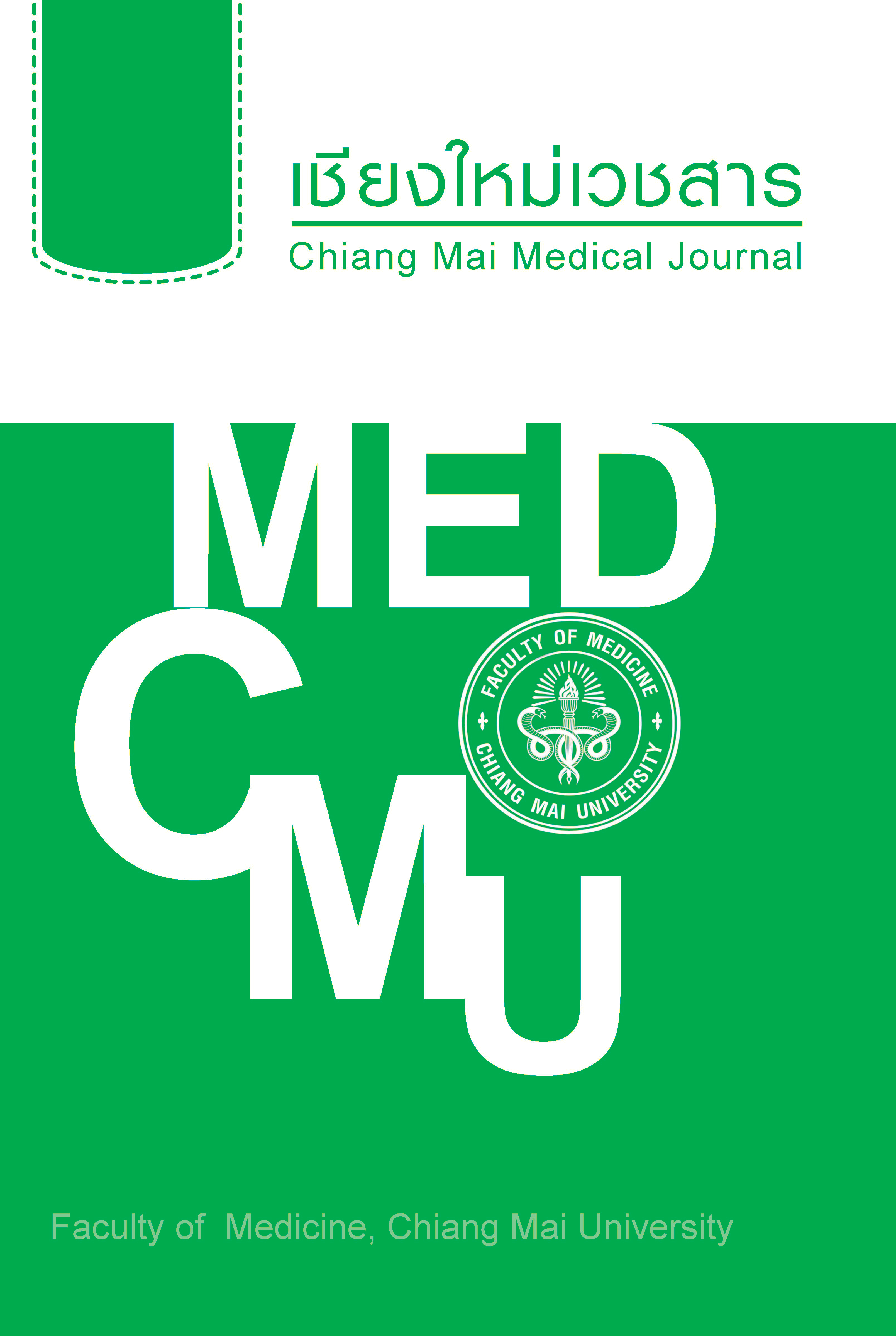Direct and synergistic hemolytic reactions triggered by indoor airborne mold
Keywords:
homolytic, synergistic, Aspergillus, Penicillium, Staphylococcus aureusAbstract
Objective Adverse human health effects from indoor fungi probably result from exposure to spores, fungal fragments, and their metabolites. Some fungi take advantage of hemolytic factors production for acquisition of the iron required for growth and survival in the host environment. To examine common types of airborne molds and their hemolytic reactions, air samples were collected from buildings in each of three seasons (hot, cool, and rainy) during the period January 2008 to October 2009.
Methods Samples were obtained using a modified air collector and the settle plate method. Isolated molds were tested for their ability to produce hemolytic factors directly on complete solid media supplemented with either human or sheep blood. Along with direct hemolytic activity, Aspergillus or Penicillium isolates were simultaneously tested for their cooperative hemolytic (CAMP-like) reactions with four common bacteria found in the respiratory tract.
Results Cladosporium was the predominant mold throughout the year, but it was found at higher concentrations in the cool season. It was followed in abundance by Aspergillus, but was found in higher concentrations in the hot and the rainy seasons. One third of the common mold-tested isolates, including Aspergillus, Cladosporium, Fusarium, Penicillium, and non-sporulating mold, could lyse human blood better than sheep blood at 28ºC and/or 37ºC with the exception that all Cladosporium and some Penicillium tested could not grow at 37ºC. Most of the tested mold isolates had synergistic CAMP-like reactions with Staphylococcus aureus or Streptococcus pneumoniae on sheep blood agar, but reactions with Streptococcus pneumoniae were varied.
Conclusions Common indoor airborne mold found throughout the year were Cladosporium, Aspergillus, Penicillium, Fusarium, and non-sporulating mold. One third of the common mold-tested isolates had hemolytic activities on human blood better than sheep blood. Most of the Aspergillus and Penicillium isolates had synergistic hemolytic reactions on sheep blood with Staphylococcus aureus.
References
2. Nayak AP, Green BJ, Beezhold DH. Fungal hemolysins. Med Mycol. 2013;51:1-16.
3. Van Emon JM, Reed, AW, Yike I, Vesper SJ. ELISA measurement of stachylysin in serum to quantify human exposures to the indoor mold Stachybotrys chartarum. J Occup Environ Med. 2003;45:582-91.
4. Vesper SJ, Magnuson ML, Dearborn DG, Yike I, Haugland RA. Initial Characterization of the Hemolysin Stachylysin from Stachybotrys chartarum. Infect Immun. 2001;69:912-6.
5. Vesper SJ, Vesper MJ. Stachylysin may be a cause of hemorrhaging in humans exposed to Stachybotrys chartarum. Infect Immun. 2002;70,2065-9.
6. Schaufuss P, Steller U. Haemolytic activities of Trichophyton species. Med Mycol. 2003;41:511-6.
7. Luo G, Samaranayake LP, Yau JY. Candida species exhibit differential in vitro hemolytic activities. J Clin Microbiol. 2001;39:2971-74.
8. Juntachai W, Kummasook A, Mekaprateep M, Kajiwara S. Identification of the haemolytic activity of Malassezia species. Mycoses. 2014;57:163-68.
9. Schaufuss P, Brasch J, Steller U. Dermatophytes can trigger cooperative (CAMP-like) haemolytic reactions. Br J Dermatol. 2005;153:584-90.
10. Likianupab P, Sutabhaha B. The Development of sample collector for detect microorganisms in the air. Bull Chiang Mai Assoc Med Sci. 2009;41:225-38.
11. Tankaew P, Komolmal P, Jaimoonwong J, Intayot P, Sutabhaha B. Exploration of microorganisms in hospital operating room, university classroom and meeting room by modified sampling collector compared to open dish method. Bull Chiang Mai Assoc Med Sci. 2009;42:25-36.
12. Eduard W. Fungal spores: a critical review of the toxicological and epidemiological evidence as a basis for occupational exposure limit setting. Critical Reviews in Toxicology. 2009;39:799-864.
13. Donohue M, Chung Y, Magnuson ML, Ward M, Selgrade MJ, Vesper S. Hemolysin chrysolysin from Penicillium chrysogenum promotes inflammatory response. Int J Hyg Environ Health. 2005; 208:279-85.
14. Donohue M, Wei W, Wu J, Zawia NH, Hud N, De Jesus V, et al. Characterization of nigerlysin, hemolysin produced by Aspergillus niger, and effect on mouse neuronal cells in vitro. Toxicology. 2006; 219:150-5.
15. Wartenberg D, Lapp K, Jacobsen ID, Dahse HM, Kniemeyer O, Heinekamp T, et al. Secretome analysis of Aspergillus fumigatus reveals Asp-hemolysin as a major secreted protein. Int J Med Microbiol. 2011;301:602-11.
16. Atagazli L, Greenhill AR, Melrose W, Pue AG, Warner JM. Is Penicillium citrinum implicated in sago hemolytic disease? Southeast Asian J Trop Med Public Health. 2010;41:641-46.
Downloads
Published
How to Cite
Issue
Section
License

This work is licensed under a Creative Commons Attribution-NonCommercial-NoDerivatives 4.0 International License.










